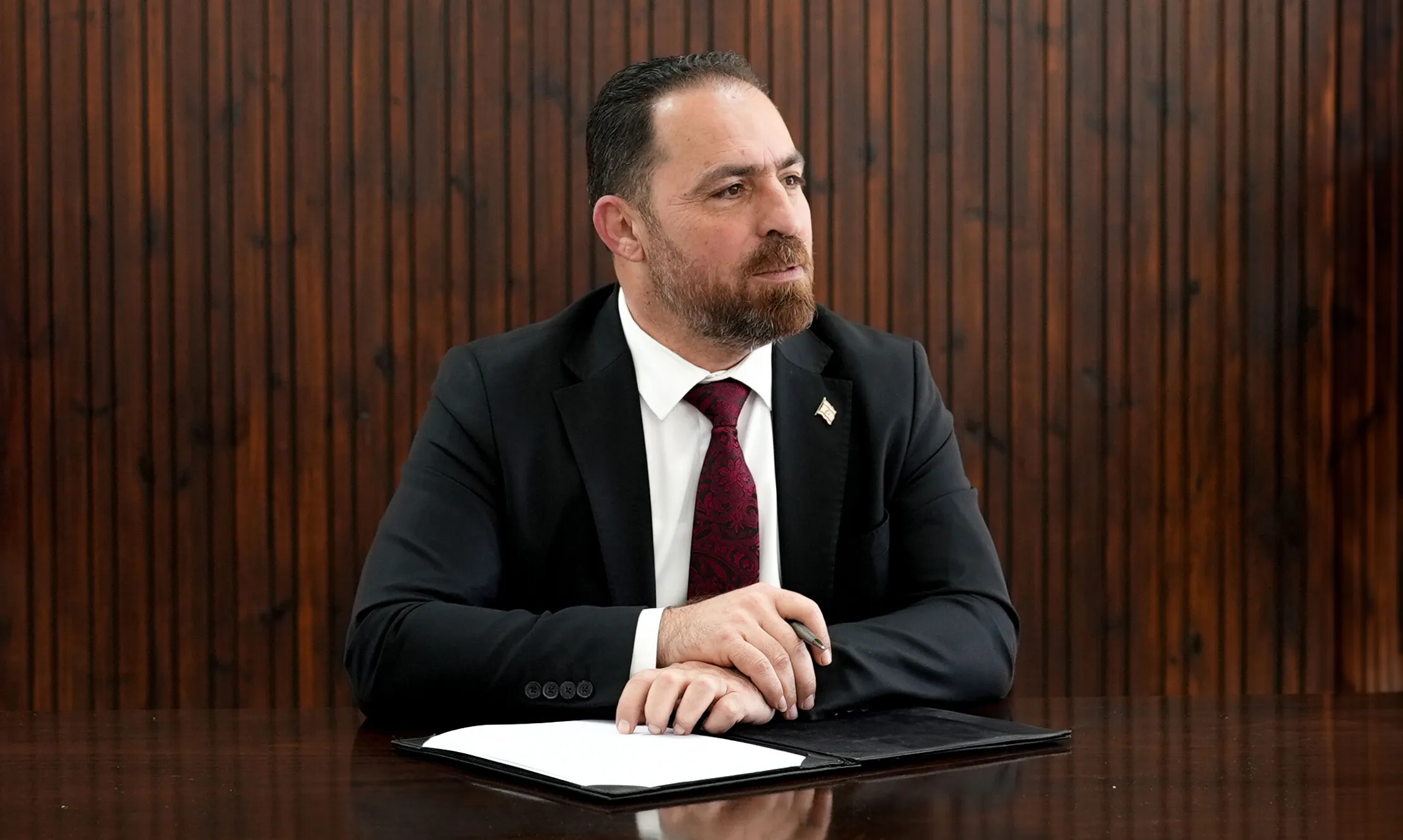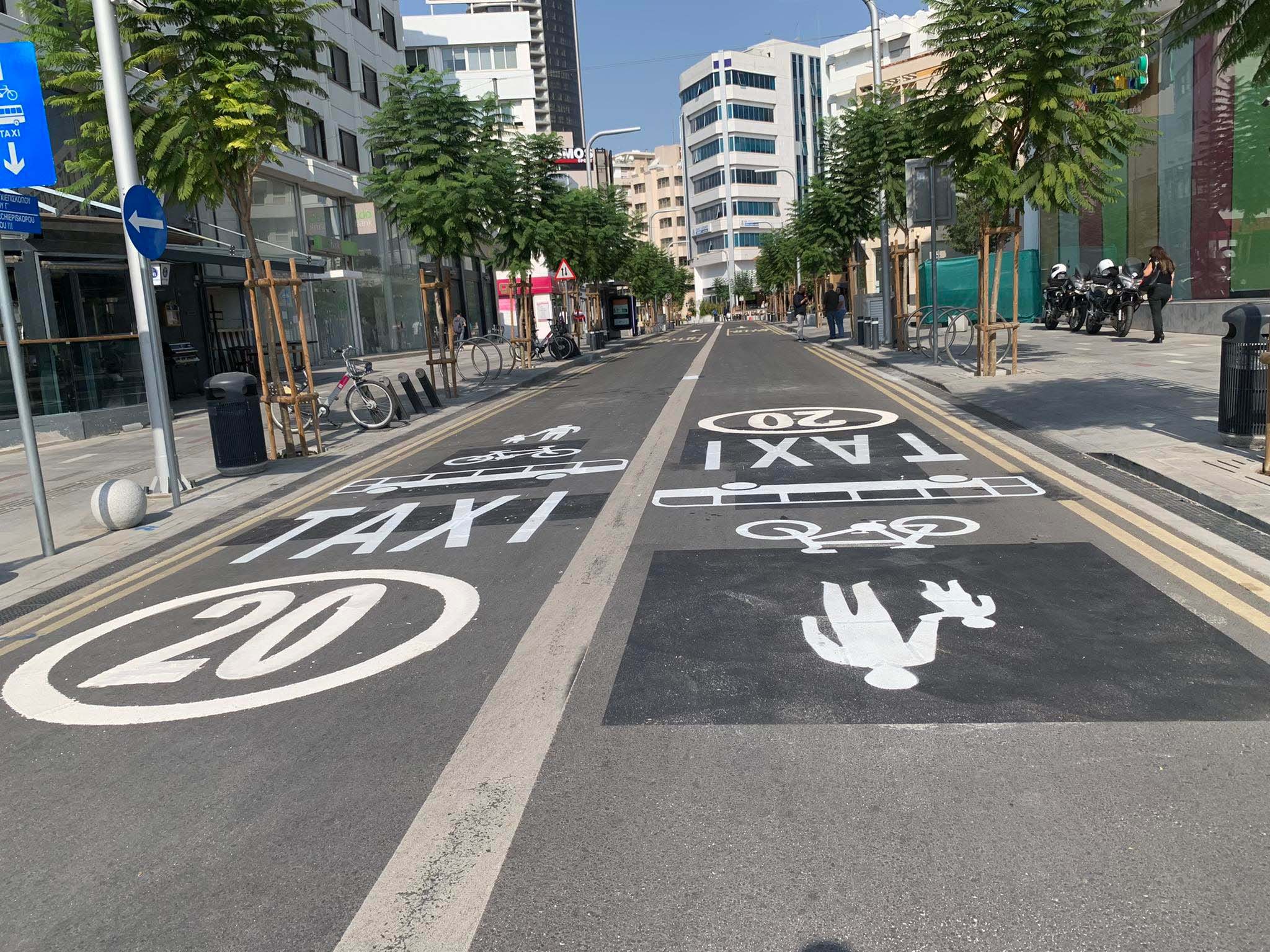The amount of water being consumed in the north is already reaching levels which were not expected until 2043, ‘agriculture minister’ Huseyin Cavus said on Wednesday.
“We used 44 million cubic metres of water for drinking and irrigation from Turkey last year, along with 13 million cubic metres from local sources. In addition, seven million cubic metres were used for agricultural irrigation in Morphou,” he told Kibris TV.
“A study carried out in 2011 projected that the amount of water used in a year would reach 44 million by 2043, but we reached that level last year. We have a rapidly growing population.”
Asked whether the north’s rapidly growing water consumption poses a risk of developing into a crisis, he said that there is “no forecast for such a crisis at the moment”.
“We used a total of 51 million cubic metres of water. We have a water potential of 75 million cubic metres. We must use this in the most efficient way,” he said.
However, he did stress that the amount of water being used in some parts of the north is rapidly rising.
“Water consumption increased by 18 per cent in Nicosia, by 39 per cent in Trikomo, and by 19 per cent in Kythrea in the first five months of last year. When we compare the amount of water being provided and the population of those places, it is clear that water is being used recklessly,” he said.
He added that mayors in the north are “also sensitive to this issue”, and that “we must all take precautions together”.
Turkish Cypriot mayors have long hinted that the actual populations of their towns may be much larger than officially recorded populations, with Kyrenia’s Murat Senkul, for example, having said his town’s population may be as high as 150,000.
On the matter of Kyrenia, Cavus on Wednesday said there were “around 9,000 swimming pools” in the Kyrenia district.
“Absolute precautions must be taken here. These pools must operate with saltwater. In the coming period, hotels will be required to install their own water treatment systems,” he said.
He added that there are parts of the north which are still not served by water from Turkey, but said that within the next two months, this issue will be resolved, and “water from the motherland will be available at every point in the country”.
Previously, biologists Niyazi Turkseven and Hasan Sarpten had warned against complacency among Turkish Cypriots regarding the island’s water supply in light of the fact that Turkey supplies the bulk of the north’s water.
“We look at the water in Panagra coming from Turkey and ignore the local water supply problems. However, we do not think that even the water of the ‘motherland’ can be a solution to our problems,” they said in a joint statement.
They added that if Turkey also experiences droughts while the north does nothing to preserve its domestic supply, the north will then have no option but to suffer the brunt of any further water shortages.
“Soon, when the water resources on the opposite shore of the Levant decrease, we will surely begin to understand that importing water is not a solution to our problems. By then, though, it will be too late,” they said.
Water from Turkey has been flowing into the north since 2015, when the undersea pipeline was completed, securing a water supply which had until then been unstable and prone to shortages.
The pipeline snapped in January 2020 but was fixed in the October of the same year.







Click here to change your cookie preferences